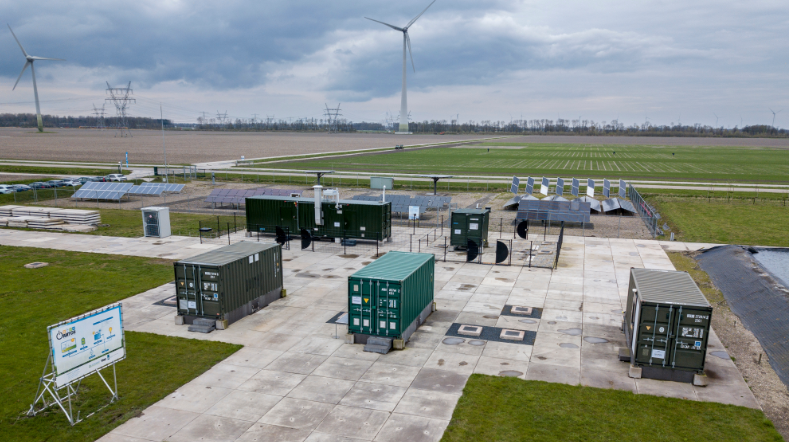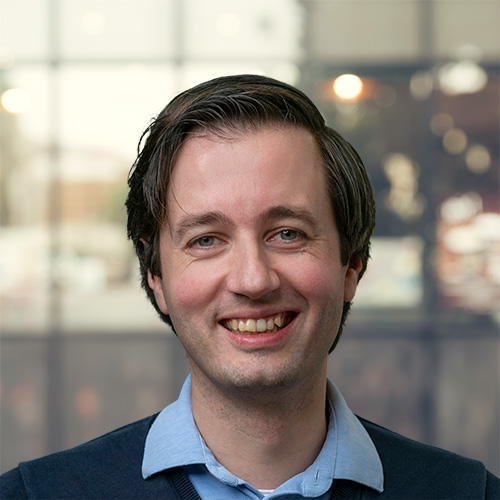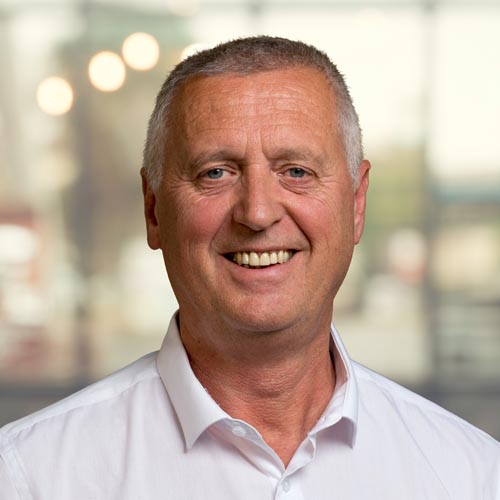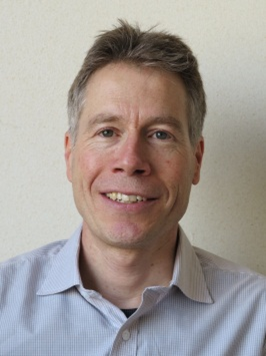
Future-proof energy markets
Energy markets play a crucial role in ensuring that our energy system functions properly. Supply and demand come together in the market. A well-designed market can ensure that supply and demand, low prices, security of supply, and sustainability can be correctly coordinated. We do research on how energy markets function and on regulation.
Energy markets in the past
The energy markets of today were created in the 1990s, in the era of liberalisation. The main aim at the time was to encourage competition. Technological innovations are changing the character of the energy markets. We cannot control the production of electricity from solar and wind, which makes it increasingly important to achieve balance.
In the past, supply followed demand, but nowadays it’s often the other way round. Well-designed markets support these developments. Energy markets will then change in line with the goals being pursued: innovation to improve sustainability and balance.
Integrating systems
The individual markets for electricity, gas, and heat are becoming increasingly intertwined, as the systems are integrated with each other. For example, buildings can be heated in many different ways: with gas or electric heating, through a heat network, or using hybrid combinations. This enables us to align the various sources with each other, sometimes with extreme accuracy. Markets that perform badly hamper our efforts to achieve the goal of a reliable, affordable, and sustainable energy supply. Appropriate regulation will prevent this.
The need for new insights
In pursuit of an integrated energy system, the individual markets have to take each other into account. Our energy transport system is designed to prevent peak loads, while balancing requires high energy offtake during surpluses. Sound market organisation promotes efficient balancing.
One example is the electric car, which also acts as a battery and can supply power in exchange for payment. Surplus electricity can be converted into heat. Because everything here is interlinked, new insights are needed into technologies, markets, networks, and regulation.
Level playing field
Innovation requires a level playing field. New, often innovative market players must be able to enter the market unhindered and be allowed to operate under the same conditions as established enterprises.
One example is the fourth generation of heat networks, where new players are also emerging for generation and distribution – and supplying different types of customer. Here, good market organisation needs to ensure a fair energy transition.
Report 'Hydrogen Use in Dutch Industry'
A new study has examined hydrogen use in Dutch industry. The focus was on small to medium-sized companies that consume between 0.1 and 10 kilotonnes of hydrogen annually.
The aim was to identify companies that use at least 0.1 kilotonnes per year, as they may need to comply with new regulations for renewable fuels. Large users such as refineries and ammonia producers were already known, but more insight was needed into the smaller users.
Energy markets and technologies
New market regulation must encourage innovation and increased sustainability. Designing such regulation is complicated and we can make a contribution. Based on the goals of market organisation and the expected technological development, we can put forward different forms of regulation that will result in clean, sustainable, and innovative energy provision at low prices.
We combine in-depth knowledge of technologies, financial and social aspects, infrastructure, markets, the energy system as a whole, and policy development by the Dutch national government. The aim is to answer all these questions up to the system level.
Analysis of Energy Infrastructure for 2030
In order to achieve the 2030 climate objectives, it would be good for the government to take the lead quickly, in order for decisions to be made about the energy infrastructure that we need. This is one of the recommendations contained in the analysis ‘Energie-infrastructuren 2030 – gezamenlijk en afgewogen besluiten’ (Energy infrastructure for 2030 – joint and well-considered decision-making’). We conducted this analysis (pdf) for the Standing Committee for Economic Affairs and Climate Policy of the Dutch House of Representatives.
Clarity for the client: guaranteed green energy
The current system of green certificates fails to provide enough insight into when wind or solar energy is produced. In collaboration with partners Eneco, KPN, and trading platform ETPA, we’ve developed a method for linking the trade in certificates to the trade in time-based energy products. This gives consumers detailed information on the type of energy that they are actually using at any time of the day.
Scenarios for a future sustainable and affordable energy system
We’ve worked out 2 scenarios (pdf) for a climate-neutral energy system in 2050. One outlines a vision of the future in which the government has a strong directing role. In the second scenario, it’s mainly individuals and companies that are working towards a sustainable society.
Climate and Energy Outlook (KEV)
The target of the Dutch Climate Act for the reduction of greenhouse gas emissions by 2030 is not yet within reach. This is shown by the Climate and Energy Outlook (KEV) 2019 of the Netherlands Environmental Assessment Agency (PBL). We’ve made a contribution, documenting the development of energy use in the period to 2030 for the built environment, industry, and the greenhouse horticulture sector. We’ve also analysed the development of gas extraction and helped create a picture of the increase in renewable energy.
Funding the energy transition
Billions of dollars of investment in sustainable energy infrastructure will be necessary around the world over the next few decades if we want to meet the climate targets. We’re studying how investment in the Dutch energy transition can be accelerated and scaled up. This study looked at the potential role of institutional investors that have sufficient capital to kick-start a successful energy transition.
Get inspired
SWITCH tackles the energy issues of the future






